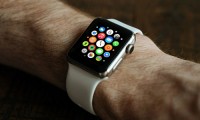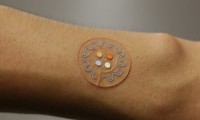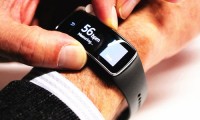-
How doctors and bots can work together
- Source: Venturebeat
- 539
- January 10, 2018
-
Latest Chinese Medical Device Regulatory Changes Affect Clinical Trials, Testing, Telehealth
- Source: Emergo
- 804
- January 10, 2018
-
The Quantified Self, Our Wearable Future
- Source: Digital Salutem
- 1,220
- January 5, 2018
-
The Most Surprising Wearable Trend 2017
- Source: digitalsalutem
- 716
- January 3, 2018
-
Top 5 Digital Health Trends——A Look Back At 2017
- Source: forbes
- 792
- January 1, 2018
-
The Top 3 Digital Health Trends to Watch In 2018
- Source: fortune
- 614
- December 21, 2017
-
Apple’s First Medical Study Signals Broader Health Ambitions
- Source: wsj
- 560
- December 11, 2017
-
Wearable Devices–A New Look For The Modern Clinical Trial
- Source: clinicalleader
- 987
- November 2, 2017
-
One Drop Integrates With Fitbit to Deliver Enhanced Diabetes Management Data Insights
- Source: hitconsultant
- 504
- November 1, 2017
your submission has already been received.
OK
Subscribe
Please enter a valid Email address!
Submit
The most relevant industry news & insight will be sent to you every two weeks.












